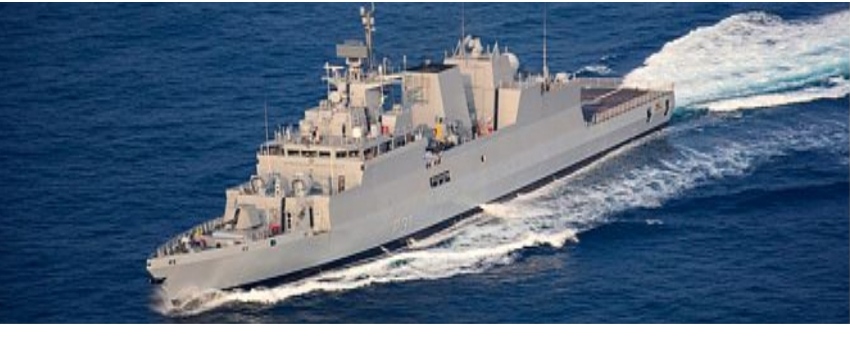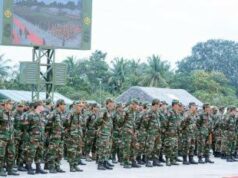Navy was fully Deployed After Galwan Clash To Choke the Chinese Jugular vein in the Indian Ocean

Defence minister Rajnath Singh on Friday said that the Indian Navy’s proactive forward deployment after the Galwan Valley skirmish with the Chinese People’s Liberation Army (PLA) in eastern Ladakh last year signalled that India wanted peace but was ready for any eventuality.
The Galwan Valley clash of June 15, 2020, was the first deadly skirmish between Indian and Chinese troops along the Line of Actual Control (LAC) in more than five decades, and pushed the bilateral relationship to breaking point. It left 20 Indian soldiers and an undisclosed number of Chinese troops dead.
“Indian Navy remains poised and combat-ready to tackle any challenge,” the minister said.
His comments in Kochi come at a time when the Indian and Chinese armies are negotiating the next steps of a complex disengagement process in eastern Ladakh to reduce tensions along the LAC where both sides have been locked in a standoff for more than 13 months. Singh was in Kochi to review the construction of India’s first Indigenous Aircraft Carrier (IAC) Vikrant, which is likely to be commissioned into navy in the first half of 2022, the defence ministry said in a statement.
The minister was briefed about the carrier’s successful basin trials completed last November and its upcoming sea trials later this year. It is the biggest warship to be ever built in the country.
“The IAC boasts of nearly 75% indigenous content, from design to steel used in construction, to key weapons and sensors,” Singh said, calling it a “shining example” of Atmanirbhar Bharat (self-reliant India). He said the aircraft carrier would bolster the navy’s capabilities and help secure India’s maritime interests. He said its commissioning next year would be a befitting tribute to 75 years of India’s independence.
The ship will operate MiG-29K fighter jets, Kamov-31 helicopters, soon-to-be inducted MH-60R multi-role helicopters and the indigenous advanced light helicopters. Even a few naval variants of Tejas may start operating from this Carrier. Vikrant will weigh 37,500 tonnes. It has been named after aircraft carrier INS Vikrant operated by the navy from 1961 to 1997.
“It would offer an incomparable military instrument with its ability to project air power over long distances, including air interdiction, anti-surface warfare, offensive and defensive counter-air, airborne anti-submarine warfare and airborne early warning,” the statement said.
India currently operates a one aircraft carrier, INS Vikramaditya, bought from Russia and fully refurbished and made the latest. China currently operates two aircraft carriers — a rust bucket CV-16 Liaoning and a new CV-17 Shandong. It is building a third carrier. However India has an experience of over 60 years in Carrier group operations.
Now what is required is to do steel cutting for a Second indigenous air craft carrier without any delay.



